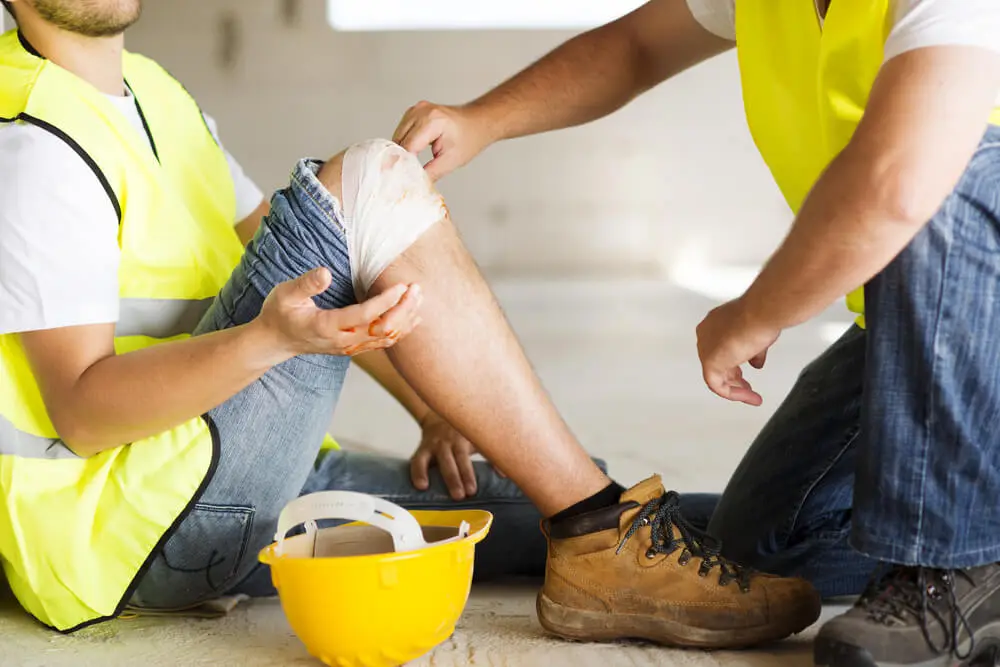Minimising Accidents and Injuries: Best Practices for Managing Roofing Risks

Roofing can be a dangerous job, so it is important to keep your workers safe. Things like proper training, using the correct equipment and maintaining a high level of health and safety will aid you in making sure you can minimise accidents. Following these best practices will improve the workplace for your roofers.
Table of Contents
What are the risks in the roofing business?
There are several risks when working in the roofing business and there are also several ways to improve safety when carrying out these tasks.
The top risk when working in the roofing business is a fall from a height. Ensuring that your workers are set up with guardrails on scaffolding that meet all the proper requirements and that the structure is sturdy enough to be safe will help to minimise the risk of your workers falling.
Using power tools in any situation can be dangerous, but adding in the height at which you may be using them as a roofer and the chances of an injury increase. Ensuring that your staff are properly trained is a way to remind them of their safety protocols.
With power tools comes electricity. A shock from a live wire can cause 230 volts to go coursing through your body. This can result in electrical burns, serious injury, fires and even death. Conducting regular electrical safety checks to ensure everything is working properly will help to catch any malfunctioning equipment.
How to minimise accidents and protect your workers
Use of safety harnesses
When working at a great height, a roofer’s best friend can be their harness which should be fitted to the anchor point at all times when working. Making sure it fits properly is key as it will stop your roofer from slipping out should it fall or trip.
Maintain a clean and secure workplace
Ensuring your workplace is free from tip hazards is also an important step to make part of your daily routine. This is especially true as you are working at great heights and a fall would be more severe. Tidying up goes hand in hand with making sure any loose equipment is secure such as ladders, scaffolding or platforms.
Consideration for weather conditions
It is not only accidents that you need to be wary of when thinking about how to protect your staff – the great British weather also has its part to play. When working at elevated heights, the cold can be an issue. You could provide your workers with heated hoodies to make sure they are warm and protected from the cold.
Regular health and safety training
Training is paramount in any job where there are risks. Making sure your staff are properly trained when they join the company is one thing, but keeping on top of training is useful too. Making health and safety training mandatory at set increments can work as a useful refresher for your team but also give you the peace of mind that they are working as safely as possible.






